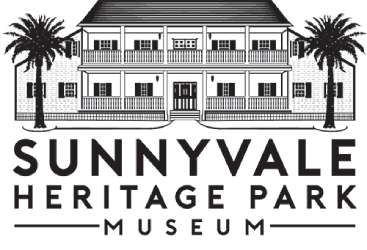Robert Keahey’s talk titled “California Bound:
Opening the West” filled every seat in the museum’s meeting room. He laid out the history of
westward migration from 1840 to 1846, but looked back to the 1820s and the Santa Fé Trail as
well as the early 1800s and the Oregon Trail, to set the stage for the development of the
California Trail.
A combination of “push” and “pull” created the drive to go West: emigrants were pushed by the
need for virgin land, the scourge of diseases (malaria, cholera), the repercussions from the
financial crisis in 1837, and the concept of “manifest destiny”. Pulling the emigrants westward
was the promise of free land, marketing and romanticizing of the “free West”, as well as the
failure of Mexico to populate California. Emigrants were seeking religious freedom, the
opportunity to make money, as well as the realization of political ambitions. For the teamsters
and scouts on the trails, the wagon trains offered jobs.
Robert brought the plight of the 2,000-mile trip in covered wagons to life with maps, pictures,
and vivid descriptions while laying out the reasons for successful versus disastrous treks: good
planning, good leaders/scouts vs. non-cohesive groups, carrying too much unnecessary stuff
and dissention along the way.
The presentation is available on the Historical Society’s YouTube channel.
Robert joined the docent team last August, after his wife and grandchildren had visited the
museum in July and encouraged him to check it out. He has also graciously accepted the role of
coordinating future Speaker Nights at the museum. He will invite presenters for talks in June,
October and February. The topic of Robert’s presentation raised interest from other museums
who have invited him to give his talk at their organization as well.
By Katharina Woodman

